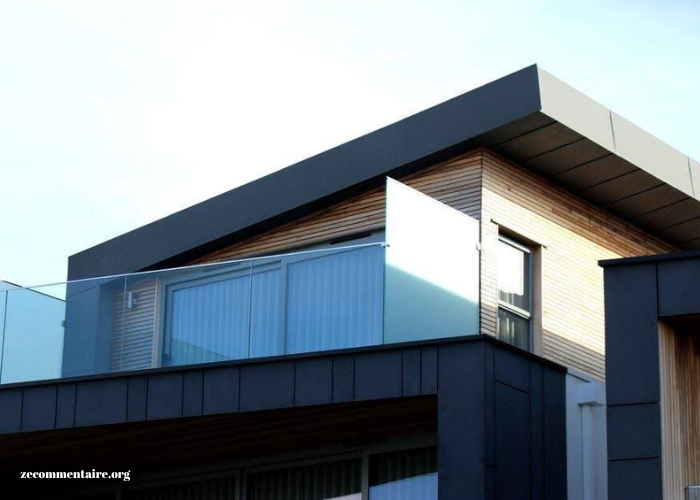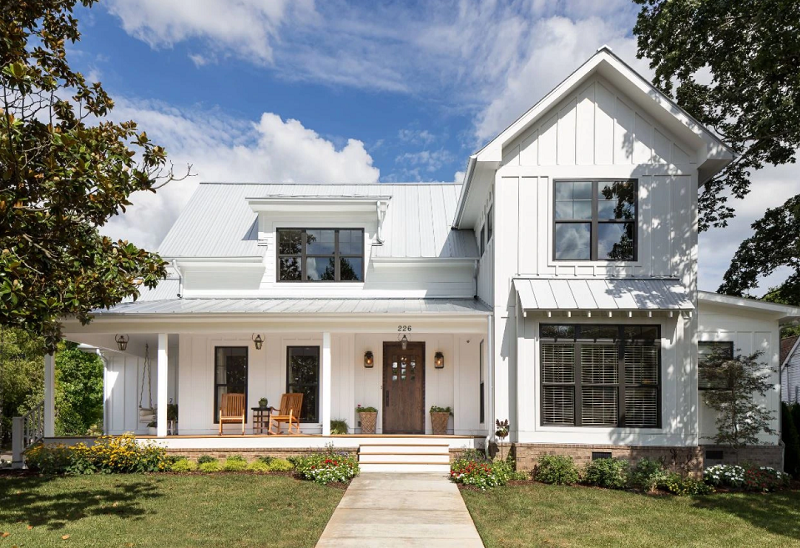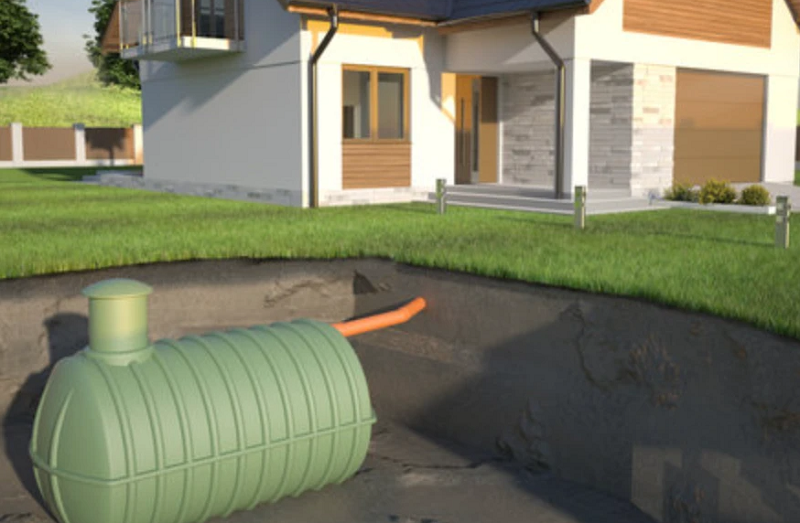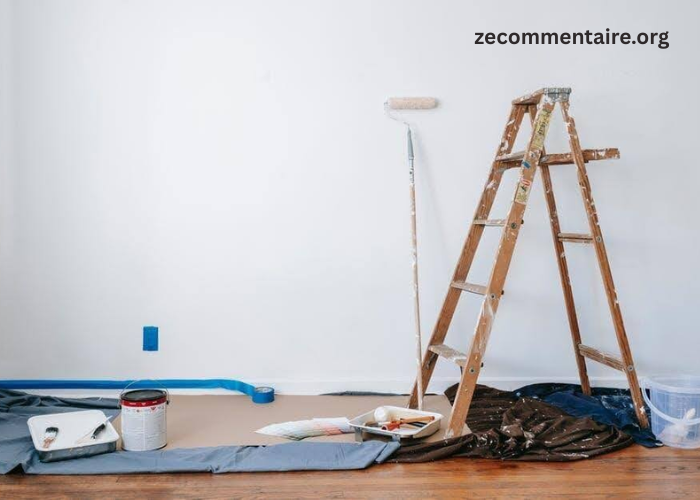When it comes to selecting the best roofing option for a building, especially in areas prone to extreme weather conditions, the stakes are high. The right choice in flat roof types can mean the difference between a fortress and a failure.
In this comprehensive guide, we’ll explore how various flat roof types stand up to the wrath of Mother Nature. Let’s discuss how they can ensure your property remains secure and resilient through whatever the skies may throw at it.
So, read on!
Built-Up Roofing (BUR)
Built-up roofing, also known as BUR, is a traditional hot-tar and gravel roofing system that has been in use for over a century. This type of flat roof is ideal for buildings in areas prone to heavy rain and snowfall. This is because it provides excellent waterproofing and can withstand heavy foot traffic.
However, BUR requires professional installation and is not recommended for DIY projects. Additionally, the layers of bitumen and fabric make it a more expensive option compared to other flat roof types. So, for flat roofers, BUR may not be the most profitable option in terms of repeat business.
Modified Bitumen
Modified bitumen is an evolution of BUR. It uses a single-ply rubber membrane instead of multiple layers. This makes it lighter and easier to install. Thus, making it a popular choice for residential properties.
Similar to BUR, modified bitumen has excellent waterproofing capabilities and can withstand extreme weather conditions. It also has a longer lifespan compared to traditional BUR. Thus, making it a more cost-effective option in the long run.
Ethylene Propylene Diene Monomer Roofing (EPDM)
EPDM is a synthetic rubber material that is highly resistant to UV rays, extreme temperatures, and ozone exposure. It is also lightweight. This makes it an ideal option for flat roofs that cannot support heavy loads.
This type of roofing can be installed using adhesive or ballasted methods. This also makes it a suitable choice for both residential and commercial properties. EPDM also has a longer lifespan compared to BUR and modified bitumen, making it a cost-effective option in the long run.
However, EPDM may not be as resistant to foot traffic and needs proper maintenance to avoid any punctures or tears.
PVC Roofing
PVC roofing is a single-ply membrane made of polyvinyl chloride, reinforced with polyester. It is highly durable and resistant to chemicals, making it a popular choice for commercial buildings.
One of the most significant advantages of PVC roofing for a flat roof house is its low maintenance requirements. It also has a longer lifespan compared to traditional BUR and modified bitumen, making it an excellent long-term investment for commercial properties.
However, PVC roofing can be relatively expensive compared to other flat roof options. It also requires professional installation and specialized tools, making it a more complicated DIY project. So, whether you are looking for roofing experts in Michigan or in any other state, it is always recommended to get professional help for PVC roofing installation.
Different Flat Roof Types Can Hold Up in Extreme Weather
When it comes to selecting from different flat roof types, it is essential to consider the specific needs of your building and the weather conditions in your area. Each type has its advantages and disadvantages. But, with proper installation and maintenance, they can all provide reliable protection against extreme weather.
Whether you choose a traditional BUR or opt for a more modern PVC roofing, make sure to consult with professionals to ensure the best results.
Should you wish to explore other helpful articles, head to our main blog page. We’ve got more!





